This January, we updated you on the situation concerning bed bugs in Michigan. We predicted back then that the problem wouldn’t go away anytime soon, and unfortunately, we were right. In fact, it’s only become worse. This summer has been a banner season for bed bugs all over the US. We’ve answered the calls to prove it.
If you’re worried about bed bugs this summer, we can’t say we blame you. The best way to assuage those worries is to make your home bed bug-proof as best you can. The best way to do that is to understand how bed bugs work and how to counteract them. Here’s everything you need to know about this summer’s bed bug infestation, so you can do just that.
The Situation
It’s not just us–half the pest control companies in the US report that summer is their busiest bed bug season. The National Pest Management Association declared June 3rd to June 9th “National Bed Bug Awareness Week,” largely to get the word out. For our part, we’ve continued to take calls about bed bug infestations all over Michigan throughout summer. These calls from all kinds of places and people. Bed bug infestations can happen to anyone.
Why Summer?
 The big question: why are bed bugs more active in summer than other times of year, any way? There are two main reasons:
The big question: why are bed bugs more active in summer than other times of year, any way? There are two main reasons:
1. Heat
Bed bugs love heat. The hotter their environment, the more active they are, and the longer they remain active. That’s actually part of why bed bugs hunker down in mattress and sheets. When they move around more, they spread more. They can access more hiding places, including hiding places they might not otherwise find. The more diverse their hiding places, the greater the chance someone will accidentally transport them into a new home.
Heat also dehydrates bed bugs (just like it does to everything else). When bed bugs get thirsty, they’re more motivated to get moisture. Unfortunately, for them, moisture often means you. As if all that isn’t bad enough, heat also helps the bugs molt and grow faster. When they grow faster, they feed, reproduce, and spread faster, too. Heat weather accelerates bed bugs’ entire life cycle, which means they spread out more and infest more homes.
2. Travel
Overall, summer is easily the busiest travel time of year. Even the holiday seasons don’t come close, because they don’t last for months. You’re probably already tired of learning this, but bed bugs are consummate travelers. In fact, hitchhiking along with unsuspecting travelers is their primary means of spreading. They tag along inside your bag, luggage, sheets, or whatever else you’re transporting. Then, when you get unpacked, you’ve helped them move in without even noticing!
Unfortunately, we’re not exclusively referring to out-of-town travel, either. It doesn’t matter if your bed bugs came from a hotel 300 miles away or your neighbor’s house 5 miles away. Obviously, people move in and out of your home far more often during summer than other times of year. Often, they’re also carrying something in or out, too. Bed bugs are uncannily good at seizing on opportunities just like those to find a new place to live.
What Can You Do?
 First and foremost, figure out if you already have bed bugs. Strip your bed as bare as possible and check each component thoroughly. Don’t forget about the zippers, folds, and underside. Check around the bed too, in places like the headboard, frame, nightstand, and siding. If you find signs of an infestation, give us a call right away. Repeat the process with every bed in your home. Bed bugs are very small and flat, so we recommend using a flashlight to look for them.
First and foremost, figure out if you already have bed bugs. Strip your bed as bare as possible and check each component thoroughly. Don’t forget about the zippers, folds, and underside. Check around the bed too, in places like the headboard, frame, nightstand, and siding. If you find signs of an infestation, give us a call right away. Repeat the process with every bed in your home. Bed bugs are very small and flat, so we recommend using a flashlight to look for them.
After you’ve made sure you don’t have bed bugs, you just have to keep it that way. The best way to do that is to pay close attention to what’s coming into and out of your home. Bed bugs enter homes by hiding inside transported items. Whenever you bring in a piece of luggage from outside, inspect it thoroughly. Consider throwing anything you can into the dryer for 20 minutes after you bring it in. It sounds like a hassle, but it’s the best way to prevent bed bug infestations.
We expect to continue to receive all kinds of bed bug calls for the rest of summer, and beyond. Unfortunately, the upsetting insect is as tenacious as it is distressing. Bed bugs can come from just about anywhere and they can happen to just about anyone.
If you have a bed bug infestation, feel free to give Griffin a call. Like we said, we’ve fielded plenty of bed bug calls in the past. We’ve got all the tools, know-how, and experience we need to wipe yours out for good. Don’t let the bed bugs bite out of embarrassment; just give us a call and reclaim your summer!

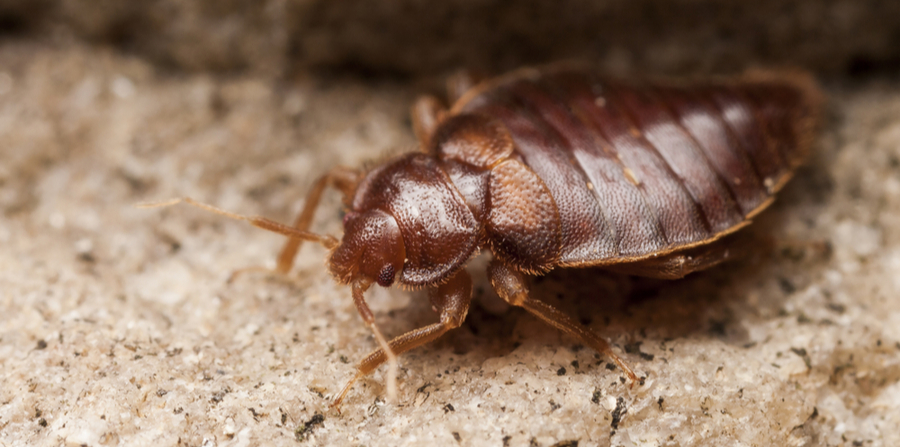
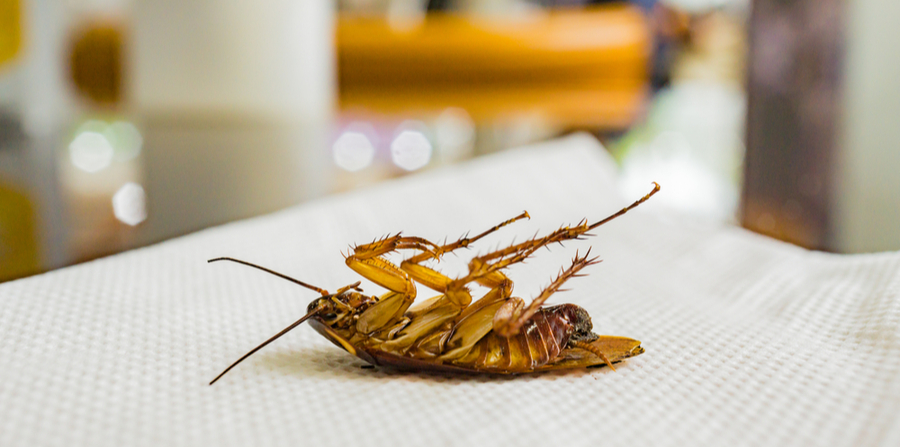
 Garbage management
Garbage management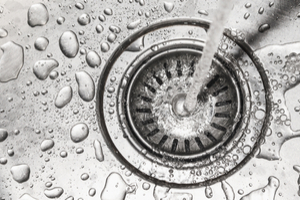 It’s all-too-easy to depend on your drains, especially in the hectic restaurant world. You just pour the whatever-it-is down the drain and move on to your next task. The whatever-it-is is gone, and you can keep working! It’s perfect, right? Unfortunately, that’s not really how it works. The stuff you pour down the drain often stays in the drain, where it can rot, congeal, or build up. Before long, you could have a nasty clog–or worse.
It’s all-too-easy to depend on your drains, especially in the hectic restaurant world. You just pour the whatever-it-is down the drain and move on to your next task. The whatever-it-is is gone, and you can keep working! It’s perfect, right? Unfortunately, that’s not really how it works. The stuff you pour down the drain often stays in the drain, where it can rot, congeal, or build up. Before long, you could have a nasty clog–or worse. Unfortunately, this is another situation where restaurants are at a disadvantage. Think about how many doors and windows your restaurant has. There’s the front entrance for sure, a back entrance, probably a supply entrance, any emergency exits, and more. Pests can use these entrances, too. Then there are the restaurant-specific access points to worry about. Pests can come down ventilation just as easily as smoke and food smells can escape.
Unfortunately, this is another situation where restaurants are at a disadvantage. Think about how many doors and windows your restaurant has. There’s the front entrance for sure, a back entrance, probably a supply entrance, any emergency exits, and more. Pests can use these entrances, too. Then there are the restaurant-specific access points to worry about. Pests can come down ventilation just as easily as smoke and food smells can escape.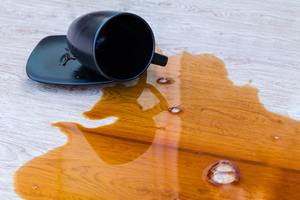 This probably seems obvious to you, but spills can be tricky. We’re not just talking about the ones out on the dining floor. We’re talking about the spills that can go overlooked. The tiny
This probably seems obvious to you, but spills can be tricky. We’re not just talking about the ones out on the dining floor. We’re talking about the spills that can go overlooked. The tiny 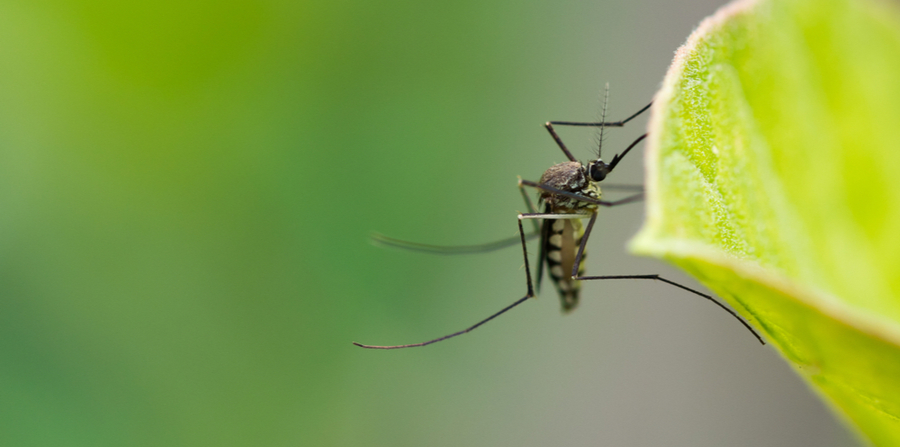
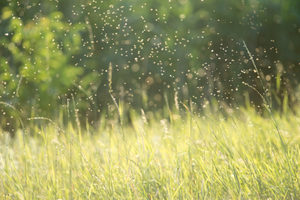 The primary factor that determines when mosquitoes reach peak activity is the
The primary factor that determines when mosquitoes reach peak activity is the 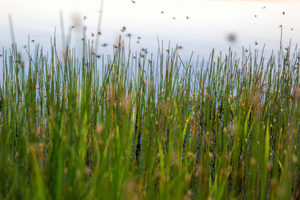 Although they can live just about anywhere,
Although they can live just about anywhere, 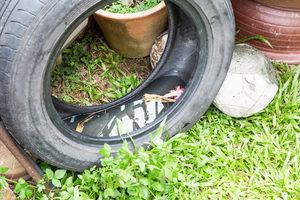 Mosquitoes can hunt anywhere, but they only live where they have a reliable source of water. If you can keep them from getting that water, you won’t have to
Mosquitoes can hunt anywhere, but they only live where they have a reliable source of water. If you can keep them from getting that water, you won’t have to 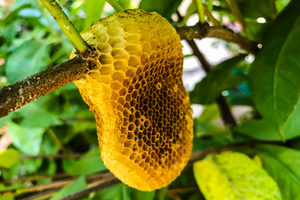
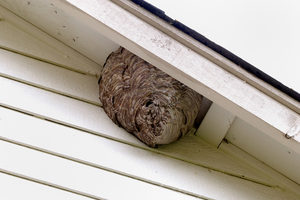 There are a couple reasons why bees might make their nests around your home. Unfortunately, if you’ve ever had a nest on your property before, it’s more likely to happen again. When colonies get big enough, they split up to form new colonies in a new nest. When that happens, they seek out nearby locations
There are a couple reasons why bees might make their nests around your home. Unfortunately, if you’ve ever had a nest on your property before, it’s more likely to happen again. When colonies get big enough, they split up to form new colonies in a new nest. When that happens, they seek out nearby locations 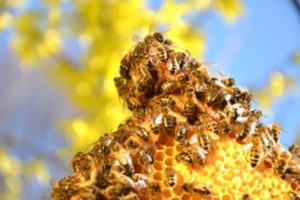 In
In 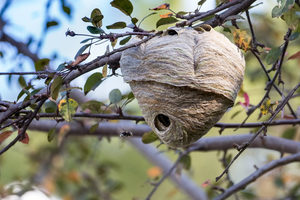 It could be. Like all animals, bees don’t attack people for no reason, but they will defend themselves if provoked. Bees may react defensively to perceived threats coming near their colonies. Honey bees only sting once and die after stinging, but bumblebees, paper wasps, and yellow jackets are capable of stinging multiple times. If you encounter an aggressive swarm of bees near a nest, seek shelter indoors immediately.
It could be. Like all animals, bees don’t attack people for no reason, but they will defend themselves if provoked. Bees may react defensively to perceived threats coming near their colonies. Honey bees only sting once and die after stinging, but bumblebees, paper wasps, and yellow jackets are capable of stinging multiple times. If you encounter an aggressive swarm of bees near a nest, seek shelter indoors immediately.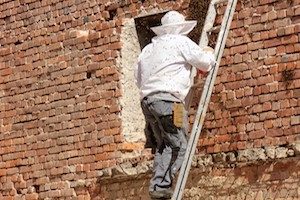 This probably isn’t particularly surprising, but we do not recommend you attempt to remove a bees’ nest yourself. Seriously, attempting to destroy or move their home will make you a pretty big threat to the bees. They’ll react accordingly.
This probably isn’t particularly surprising, but we do not recommend you attempt to remove a bees’ nest yourself. Seriously, attempting to destroy or move their home will make you a pretty big threat to the bees. They’ll react accordingly.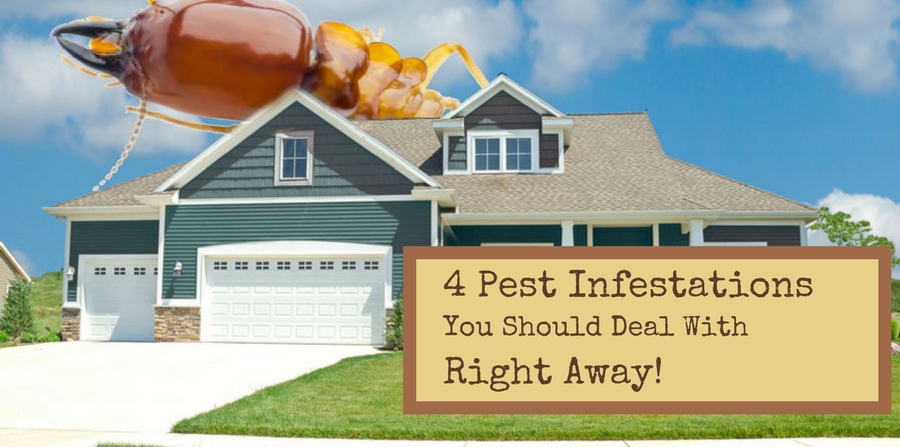
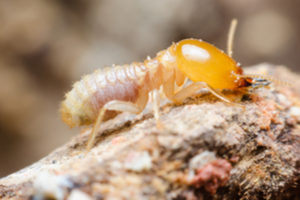 Did you know that termites never sleep? In fact,
Did you know that termites never sleep? In fact, 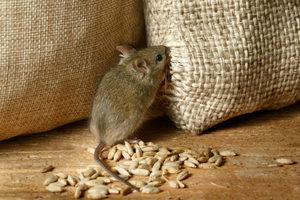 Nobody wants
Nobody wants 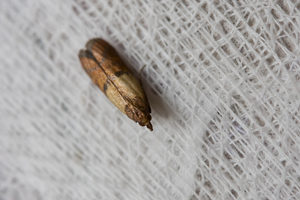 There are two main “categories” of pest moth:
There are two main “categories” of pest moth: 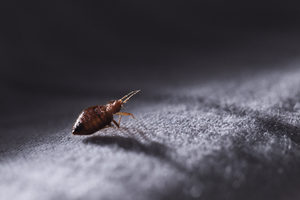 This one seems particularly obvious.
This one seems particularly obvious. 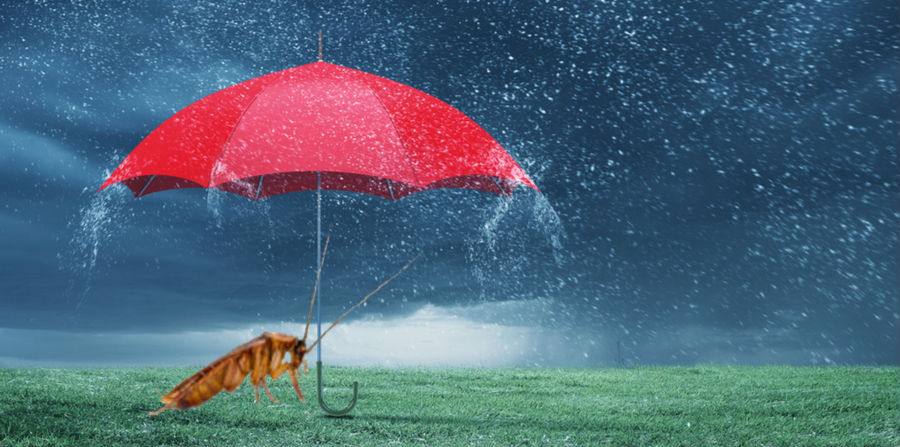
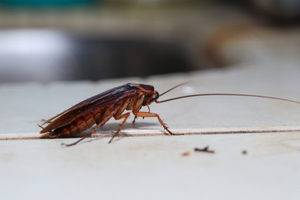 Cockroaches
Cockroaches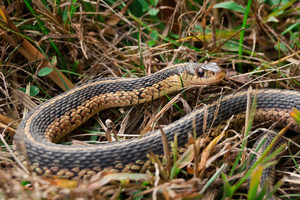
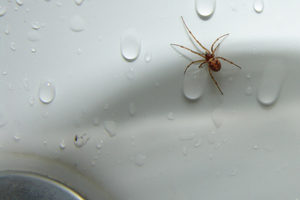 For most pests, heavy rainfall is a nuisance. While it can be a nuisance for
For most pests, heavy rainfall is a nuisance. While it can be a nuisance for 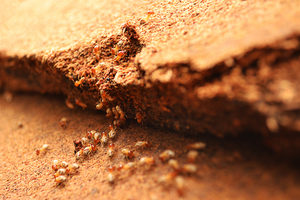 Everyone knows
Everyone knows